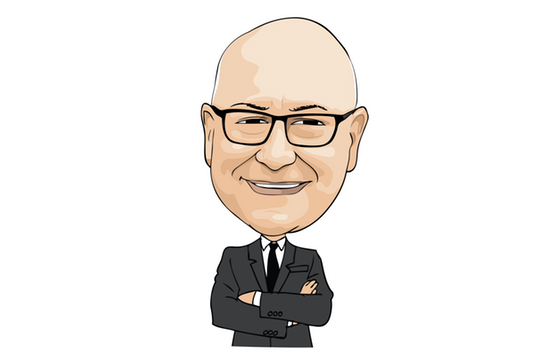For those who sell consumer goods to bricks and mortar (B&M) retailers, it is impossible to escape the reality of a changing landscape not just in Australia, but also around the world.
Each market is currently coping with different phases of transition, which include B&M, online, omni-channel and vertically integrated platforms. One thing is clear… none of us can ignore the signs at retail. The smart businesses will listen to the market and develop strategies that will allow them to move with this changing retail model. The supply channel will also have to re-calibrate if it is to remain relevant.
The bottom-line is that the consumer will continue to purchase goods as they always have, however they will complete these transactions in many different ways. The onus to satisfy this demand is ultimately ours.
It remains clear that in the end you will need both… a B&M experience and an online option to remain relevant. Two business models with two different resource platforms taking advantage of B&M stores well positioned around the country.
The numbers and trends point out that Australia probably has slightly more time to figure this out as the eCommerce percentages are smaller here than in many other parts of the world. To understand why is complicated, however it may have something to do with our ageing population and indeed the size of our population. Old habits die-hard as they say!
To highlight the dynamics of this dilemma, global retailer Solomon Lew, who owns the Just Group, which includes brands such as Portman’s, Just Jeans, Smiggle and Peter Alexander is currently cautioning property groups to review their rental strategies. If he cannot obtain some relief he may close many of his retail stores!
Incidentally Peter Alexander is a growing business as they have figured out that they must offer the consumer a lasting experience if they are to come to their stores.
The stakes are high as there are in excess of 140,000 retail businesses in Australia, which employ 1.2 million people. Retail is one of the largest employment categories in the country. It also contributes in excess of $55 billion to our GDP!
Kmart figured out a number of years ago that you must stand for something. You must offer the end user a value proposition and a clear message. They halved the number of items on offer, worked out what categories they could compete in, offered a lowest price framework, re-vamped their stores and launched a marketing and television campaign that saw Kmart become the market leader.
I suspect that businesses such as Dick Smith, Payless Shoes and Purple Pumpkin, who were all iconic brands here in Australia, went out of business because they became irrelevant to the new consumer who is armed with mobile devices that allow them to access a much wider variety of available offers.
Article written by Tony Bugg






